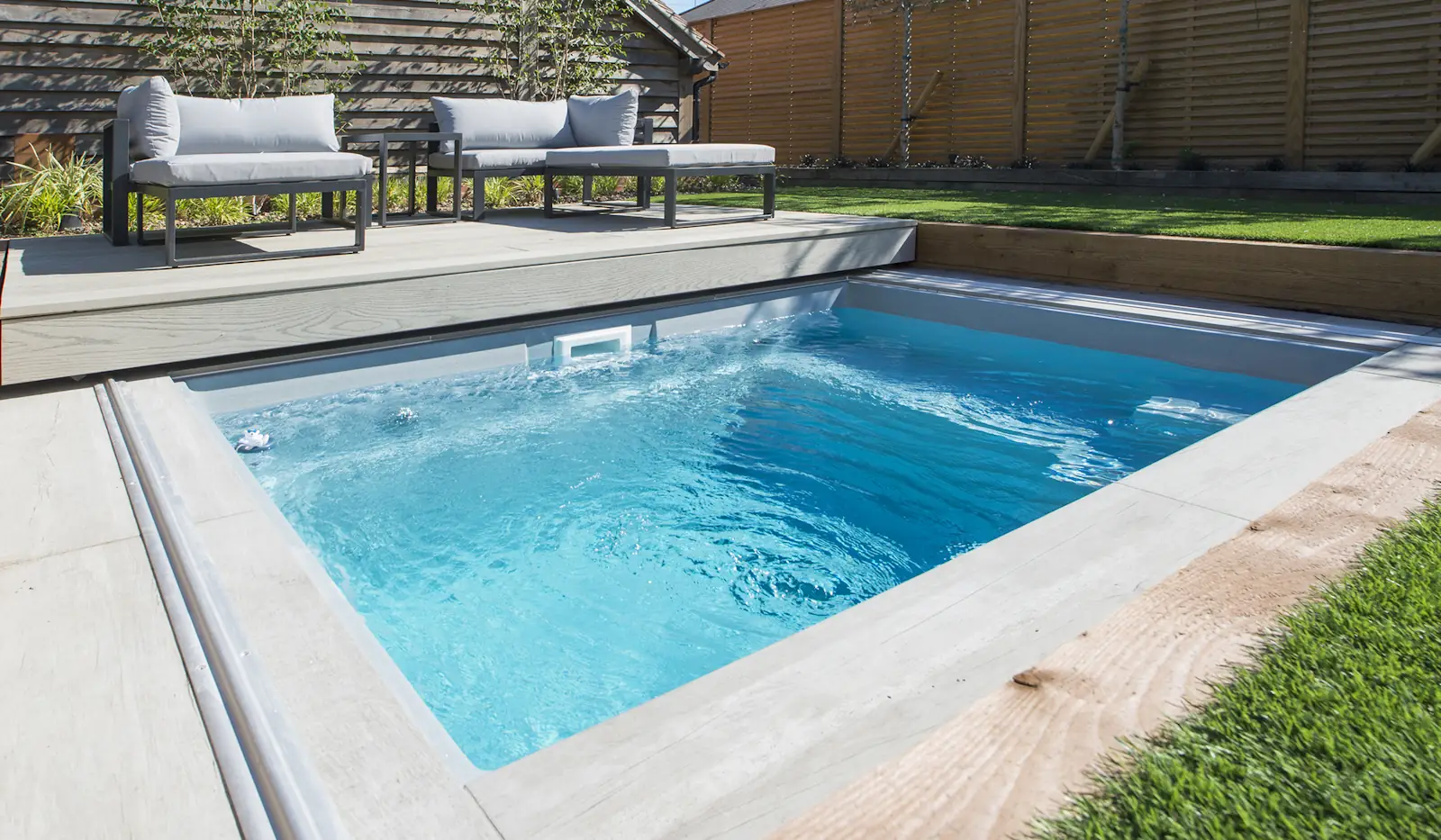
Guide to Pool Pumps: Types, Selection, and Maintenance
Introduction
Did you know that a pool pump can account for up to 85% of a pool’s total energy consumption? Choosing the right one can save you hundreds of dollars annually.
Think of your pool pump as the heart of your swimming pool—without it, water wouldn’t circulate, just like blood wouldn’t flow through your body. Proper circulation is essential for maintaining clean, safe water and ensuring your pool remains an inviting oasis.
Many pool owners assume all pool pumps function the same way, but the reality is that selecting the right one can significantly impact energy efficiency, water quality, and overall maintenance costs.
In this guide, we’ll explore the different types of pool pumps, how they work, how to choose the best option for your pool, and essential maintenance practices to keep your pump running efficiently for years to come.
What is a Pool Pump?
A pool pump is a critical component of your pool’s circulation system. It moves water through the filtration system, helping to remove debris and distribute chemicals evenly, ensuring a clean and safe swimming environment.
Role in Pool Maintenance
- Ensures proper water circulation, preventing stagnation.
- Helps inhibit algae growth by keeping water moving.
- Distributes pool chemicals evenly for balanced water chemistry.
- Supports the filtration system in removing dirt, debris, and contaminants.
Without a functioning pool pump, your pool water would quickly become cloudy, unbalanced, and potentially unsafe for swimming.
How Pool Pumps Work
Understanding how a pool pump operates can help you make informed decisions about maintenance and efficiency.
Basic Operation
- Water Intake: The pump pulls water from the pool through skimmers and main drains.
- Debris Filtration: Water passes through a filter basket, which captures large debris like leaves and twigs.
- Impeller Action: The pump’s impeller pushes water through the filtration system, where smaller contaminants are removed.
- Water Return: Clean, filtered water is returned to the pool via return jets, ensuring continuous circulation.
Why Proper Circulation Matters
- Prevents stagnant water, reducing the risk of bacteria and algae growth.
- Maintains an even distribution of chemicals, preventing imbalances.
- Helps extend the lifespan of your pool’s filtration system by reducing strain.
Types of Pool Pumps
Choosing the right pool pump depends on your pool size, budget, and energy efficiency preferences. Here’s a breakdown of the three main types.
Single-Speed Pool Pumps
How They Work
A single-speed pool pump operates at a constant speed, typically running at high power whenever it’s on.
Pros
- Simple design with fewer components, making it easy to maintain.
- Lower upfront cost compared to advanced models.
Cons
- High energy consumption, leading to increased electricity costs.
- Limited efficiency and flexibility since it always runs at full speed.
Best For
Small pools or those with minimal filtration needs where energy efficiency isn’t a primary concern.
Dual-Speed Pool Pumps
How They Work
Dual-speed pumps offer two speed settings—high for heavy-duty cleaning and low for regular filtration.
Pros
- More energy-efficient than single-speed pumps, reducing electricity costs.
- Flexibility in operation, allowing for lower speeds when full power isn’t needed.
Cons
- Higher upfront cost than single-speed models.
- Requires manual speed adjustments unless paired with a timer or automation system.
Best For
Pool owners looking for a balance between affordability and energy efficiency.
Variable-Speed Pool Pumps
How They Work
Variable-speed pumps use advanced motor technology to adjust their speed based on the pool’s needs, offering the highest efficiency.
Pros
- Maximum energy efficiency, significantly reducing electricity bills.
- Longer lifespan due to reduced wear and tear.
- Quieter operation, making for a more pleasant poolside environment.
- Often eligible for energy rebates, offsetting the initial investment cost.
Cons
- Higher initial cost than single- and dual-speed models.
- More complex installation, sometimes requiring professional setup.
Best For
Any pool owner looking for long-term savings, reduced energy consumption, and optimal performance.
Selecting the Right Pool Pump
Choosing the right pool pump involves several key considerations:
- Pool Size: Larger pools require more powerful pumps to ensure adequate circulation.
- Filtration System: Different filters (sand, cartridge, DE) may require specific pump speeds for optimal performance.
- Climate: Pools in warmer climates may need more frequent water circulation to prevent algae growth.
- Budget vs. Long-Term Savings: While energy-efficient pumps have a higher upfront cost, they can save hundreds of dollars annually in energy costs.
Energy Efficiency Tips for Pool Pumps
Maximizing energy efficiency can help reduce operating costs without compromising water quality.
- Optimize Run Times: Run your pump during off-peak hours to reduce electricity costs.
- Use a Timer: Automate pump operation to avoid unnecessary energy consumption.
- Upgrade to a Variable-Speed Pump: These models adjust speed based on pool needs, significantly cutting energy use.
- Regular Maintenance: A well-maintained pump operates more efficiently and lasts longer.
Maintenance and Care for Your Pool Pump
Regular maintenance ensures your pool pump functions properly and extends its lifespan.
- Routine Checks: Inspect for leaks, unusual noises, and proper water flow.
- Clean the Pump Basket: Remove debris weekly to prevent clogging and maintain efficiency.
- Backwash the Filter: If using a sand or DE filter, backwash periodically to clear trapped debris.
- Winterize Your Pump: If you live in a colder climate, protect your pump from freezing temperatures by draining and storing it properly.
- When to Replace Your Pump: Look for signs of wear, reduced efficiency, or frequent breakdowns. If repairs become too frequent, investing in a new pump may be more cost-effective.
Hayward Pool Pumps Spotlight
When it comes to high-quality, energy-efficient pool pumps, Hayward is a leading brand known for its durability and advanced technology.
Popular Hayward Pool Pumps
- Hayward Super Pump: A reliable single-speed option for budget-conscious pool owners.
- Hayward MaxFlo VS: A variable-speed pump designed for energy efficiency and quiet operation.
- Hayward TriStar VS: A high-performance model perfect for larger pools requiring powerful circulation.
Conclusion
Choosing the right pool pump is essential for maintaining clean, clear water while keeping energy costs under control.
Key Takeaways
- A pool pump is the heart of your swimming pool, ensuring proper circulation and filtration.
- Different types of pumps—single-speed, dual-speed, and variable-speed—offer varying levels of efficiency and cost-effectiveness.
- Regular maintenance extends the lifespan of your pump and improves performance.
- Investing in an energy-efficient pump can lead to significant long-term savings.
If you’re ready to upgrade your pool pump or need expert advice on selecting the best option for your pool, Contact one of the professionals at Pools321.

